Your support helps us to tell the story
From reproductive rights to climate change to Big Tech, The Independent is on the ground when the story is developing. Whether it's investigating the financials of Elon Musk's pro-Trump PAC or producing our latest documentary, 'The A Word', which shines a light on the American women fighting for reproductive rights, we know how important it is to parse out the facts from the messaging.
At such a critical moment in US history, we need reporters on the ground. Your donation allows us to keep sending journalists to speak to both sides of the story.
The Independent is trusted by Americans across the entire political spectrum. And unlike many other quality news outlets, we choose not to lock Americans out of our reporting and analysis with paywalls. We believe quality journalism should be available to everyone, paid for by those who can afford it.
Your support makes all the difference.Ford built its new road-going GT supercar to win Le Mans. Last year, at the first time of asking, it did just that, scooping GTE Pro class honours. But in doing this, Ford was only following a tried and tested path – many manufacturers have, over the years, built race-winners that also have road-ready conversions. Call it a sort of reverse engineering.
Sometimes, racing regulations even forced car manufacturers to make road-going models – homologation rules mean a car can only race if a certain number of road-going versions have been made. All of which makes for a rich back catalogue of road-going racers. Here, we pick out 10 of our favourites.
Ford GT (2017)

Of course, the Ford GT makes our list. It won Le Mans, for heaven’s sake! And the £420,000, 647bhp road-going version isn’t too shabby either: our testers deemed it an unqualified technological marvel.
Ford GT40 (1964)
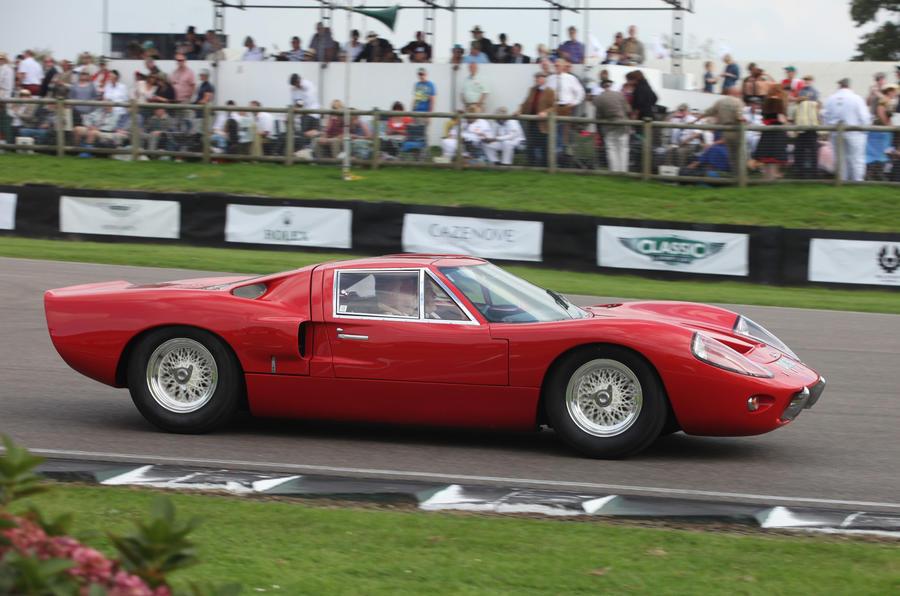
The latest Ford GT is the continuation of the car that defined the road-going racing supercar for Ford, 1964’s GT40. Spurned by a failed takeover of Ferrari, Ford set out for retribution – and four straight Le Mans wins in the 1960s did just that. The road car was a 335bhp model capable of 164mph.
Porsche 911 GT1 Strassenversion (1996)
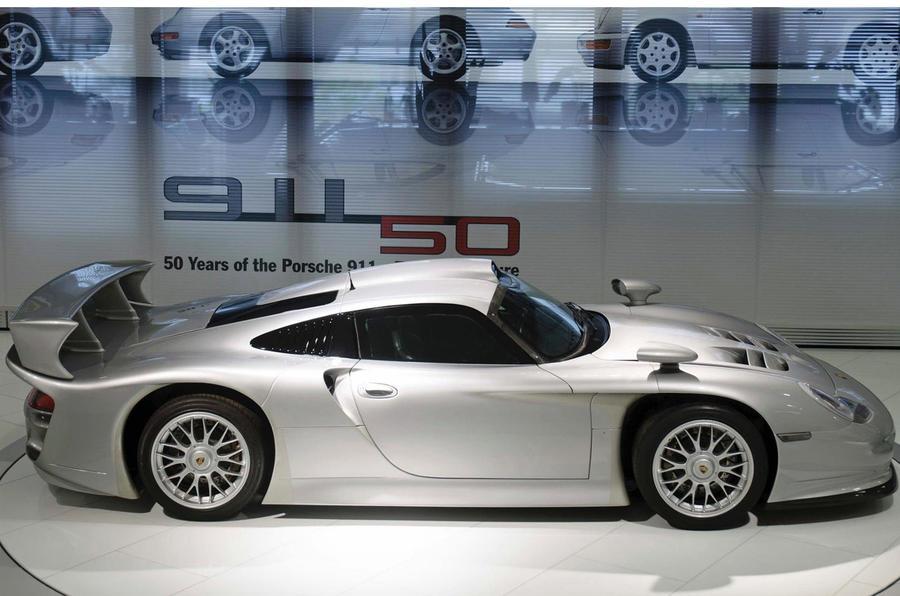
This is about as extreme a homologation special as you can get – the GT1 racing car ‘street version). It won Le Mans in 1998 and the road-going version used the same 3.2-litre twin-turbo engine, detuned to pass emissions regulations. It’s an extreme example of a road-going racing car conversion.
Mercedes-Benz CLK GTR (1997)
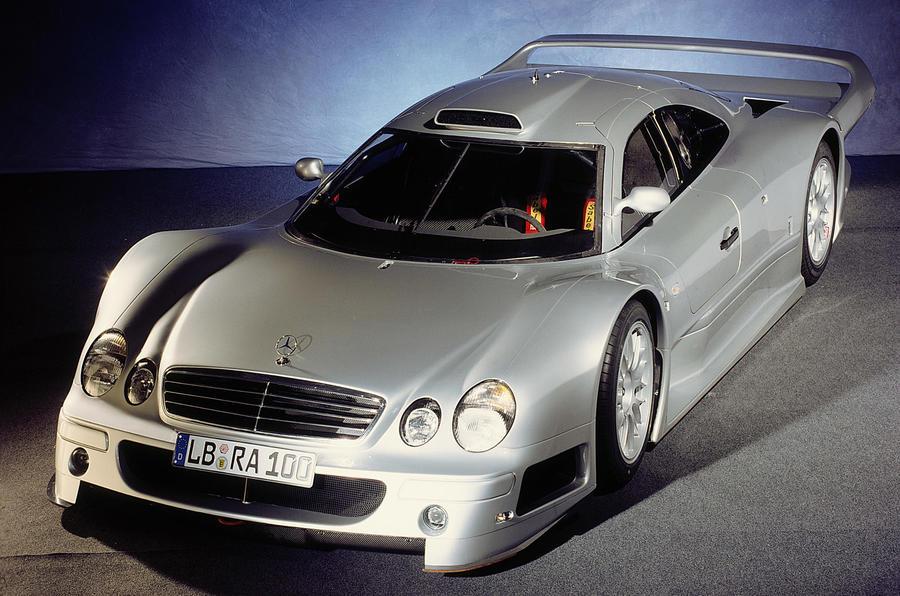
Here’s another extreme road-racer: to enter the FIA GT Championship, Mercedes-Benz had to produce 25 road-going versions. The CLK GTR was born, compete with 6.9-litre 604bhp engine (and a tiny boot)…
BMW M3 GTR (2001)
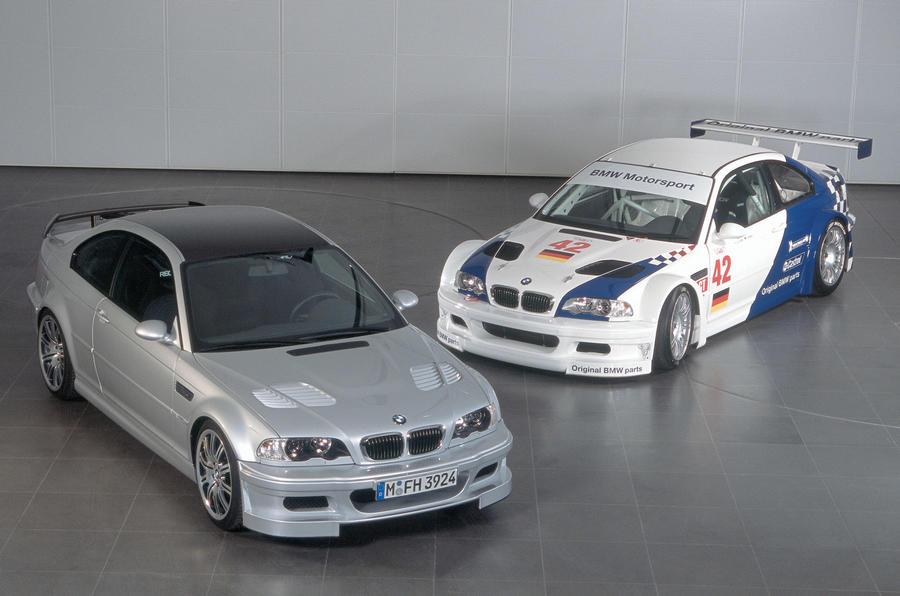
BMW wanted to run the M3 GTR in sportscars, but needed a 4.0-litre V8 version of the contemporary M3 to do it. So it made 10 of them, just for homologation purposes: each 200kg lighter than the normal M3 and detuned from the racecars 493bhp to ‘just’ 380bhp.
Mercedes-Benz 190E 2.5-16 Evolution II (1990)
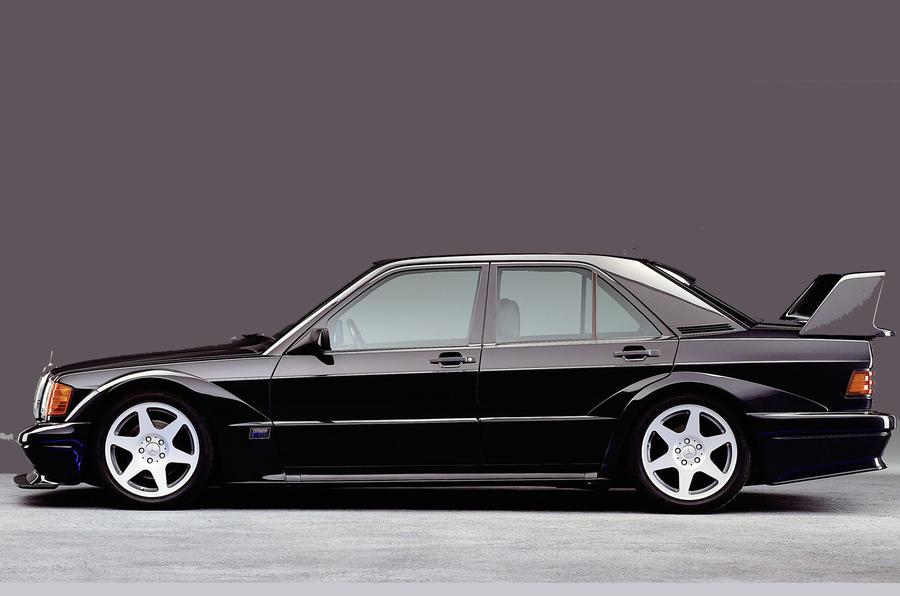
A fantastic homologation version of the regular 190E built to help Mercedes-Benz dominated DTM German touring car racing. Suspension was overhauled, the rear spoiler was enormous, wheelarches were widened – 235bhp doesn’t sound much these days but it allowed the race engineers ample free reign to go wild.
Alfa Romeo 155 Silverstone Edition (1994)
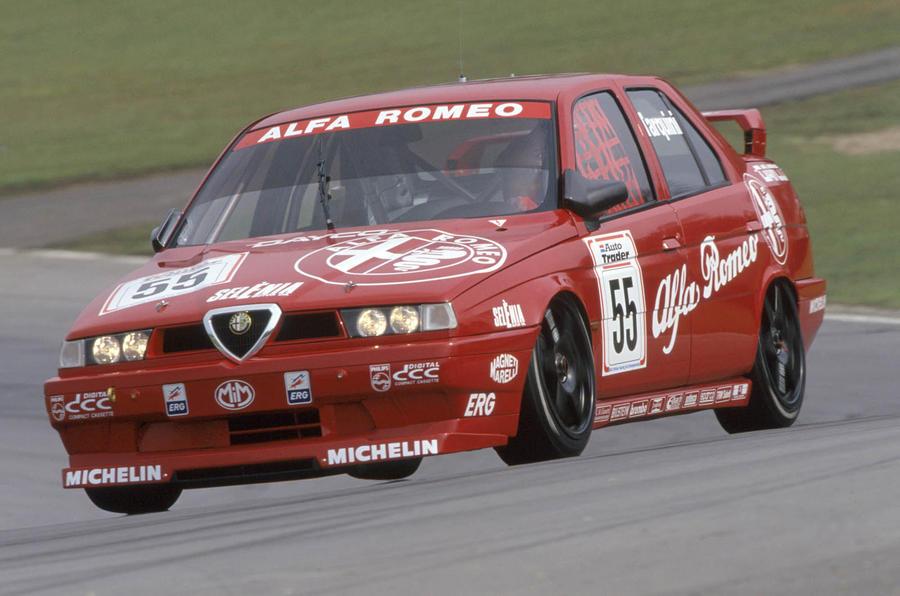
The 155 Silverstone was a racing car cheat. Alfa wanted a big rear wing for racing, but the rules said it had to build 2500 road-going versions. So it ticked the technicalities of this rule with the 155 Silverstone, which came… with a bag of big rear wing parts in the boot, compete with the nuts and bolts to fit it. Not quite in the spirit of the rules, although Alfa didn’t care – it won the 1994 BTCC title as a result.
Ford Sierra RS Cosworth (1096)
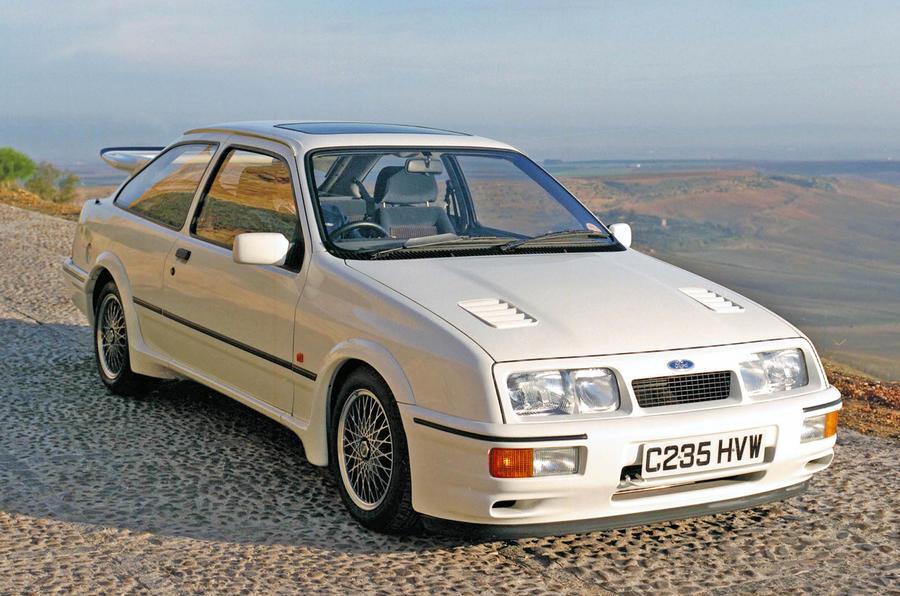
Another car created so the car maker could go touring car racing. Ford had to build 5000 for homologation purposes, and how pleased it was that it achieved this: the RS Cosworth went on to dominate touring cars in Britain, Australian, Germany Japan and several other nations.
Renault R5 Turbo (1980)
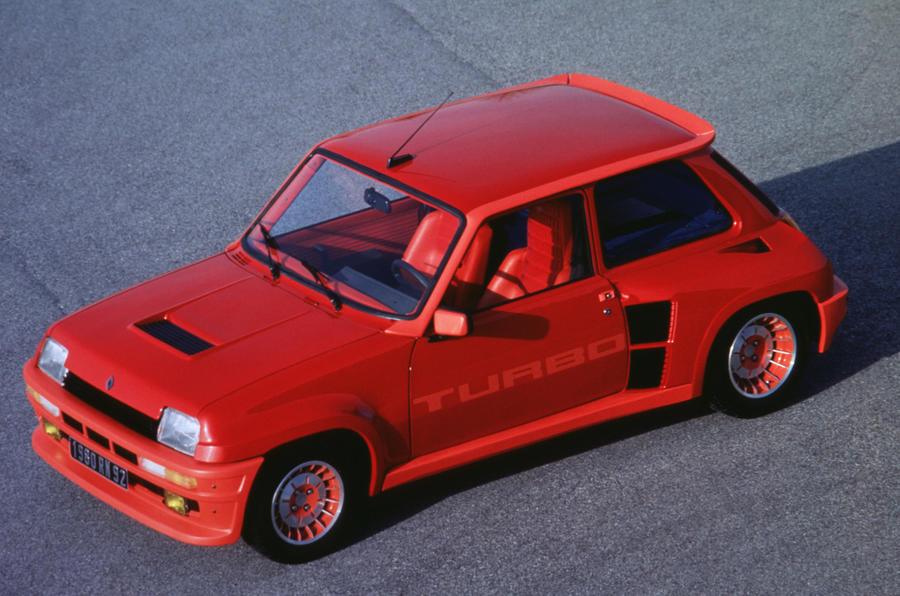
A rear-wheel drive, rear-engined Renault 5 supermini packed with a 1.4-litre turbocharged engine, of which 400 were built just so Renault could go rallying and take on the all-conquering Lancias. It would have dominated, had Audi not launched the Quattro at around the same time…
Peugeot 205 Turbo 16 (1985)
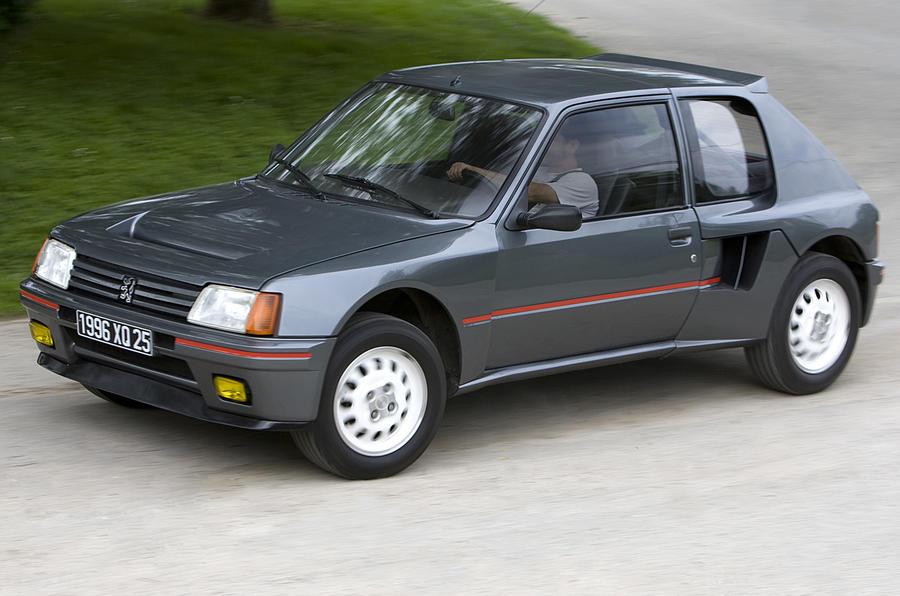
Another French supermini with the engine behind the driver, this one had four-wheel drive and was charged with taking on that Audi Quattro. Development costs were virtually unlimited but the regulations that led to its creation ultimately led to its demise. The 200 road-going versions are thus highly prized.
Rob Adams is a writer for AutoCar.
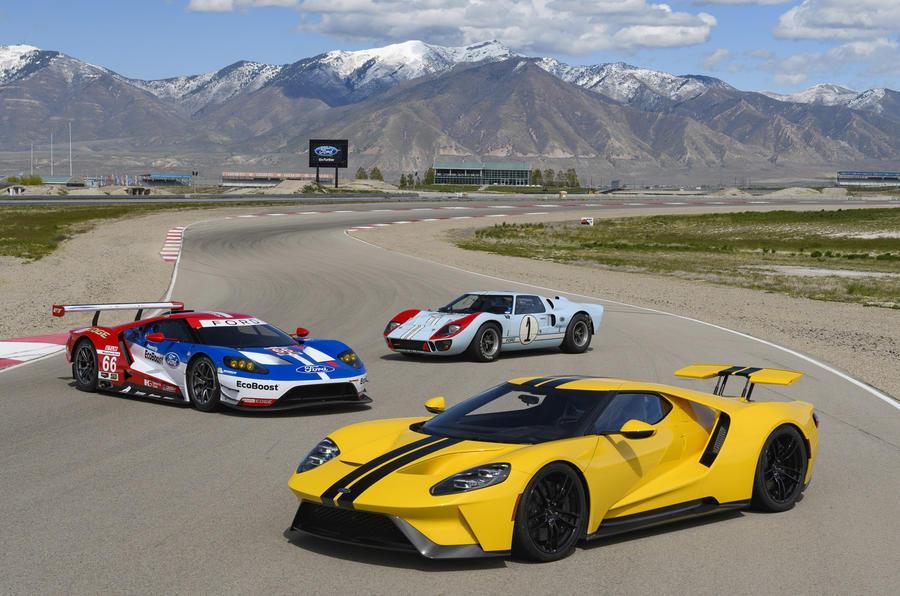
Join our commenting forum
Join thought-provoking conversations, follow other Independent readers and see their replies
Comments